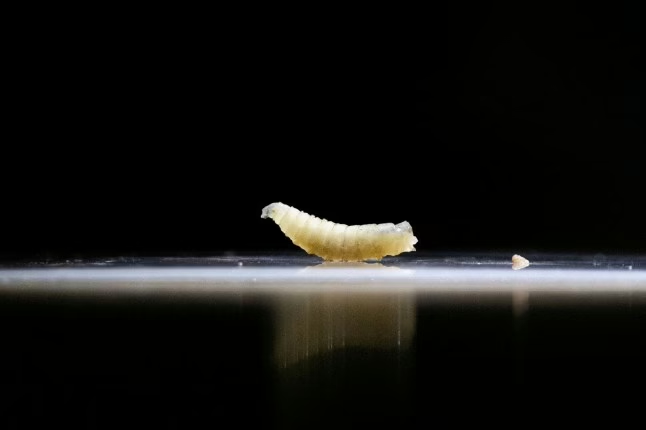First Human Case of Deadly Flesh-Eating Screwworm Parasite Reported in the U.S.
Emergence of a Rare Parasitic Threat in the United States
In a groundbreaking development, U.S. health officials have confirmed the nation’s inaugural human infection with the New World screwworm, a highly destructive flesh-eating parasite. The case was identified in a patient who had recently traveled from El Salvador, according to statements from the Maryland Department of Health and the Centers for Disease Control and Prevention (CDC) on August 24.
Understanding the Screwworm Parasite and Its Impact
The New World screwworm (Cochliomyia hominivorax) is notorious for its larvae, which infest open wounds of warm-blooded animals, including humans. These larvae aggressively consume living tissue, causing severe damage that can be fatal if not promptly treated. The parasite’s name derives from its unique behavior of burrowing deeper into flesh when disturbed, complicating removal efforts.
While human infections remain exceedingly rare, the screwworm poses a significant threat to livestock and wildlife populations. The flies lay hundreds of eggs in exposed wounds, and upon hatching, the larvae penetrate the host’s tissue using sharp mouthparts. Treatment involves meticulous extraction of larvae followed by thorough wound disinfection to prevent secondary infections.
Economic and Agricultural Concerns
The detection of this parasite in a human case has sparked alarm within the U.S. cattle industry. Experts warn that an outbreak among livestock could lead to catastrophic financial losses. The U.S. Department of Agriculture estimates that a screwworm infestation in Texas alone could inflict economic damages exceeding $1.8 billion.
In response, Agriculture Secretary Brooke Rollins has unveiled plans to establish a sterile insect release facility in Texas. This facility will breed and release sterilized male screwworm flies to suppress the wild population by interrupting their reproductive cycle. This biological control strategy was instrumental in eradicating screwworms from the U.S. over 60 years ago and remains a proven method for containment.
Environmental Factors and Future Risks
Although no animal infections have been reported in the U.S. this year, scientists caution that rising global temperatures may facilitate the parasite’s northward migration from endemic regions in South and Central America. Climate change is increasingly recognized as a driver for the expansion of vector-borne diseases, making vigilant monitoring essential.
Global Context and Preventative Measures
Worldwide, screwworm infestations continue to challenge agricultural sectors, particularly in tropical and subtropical regions. For instance, recent outbreaks in parts of Central America have prompted intensified surveillance and control efforts. The U.S. case underscores the importance of international cooperation and rapid response mechanisms to prevent the establishment of this parasite on American soil.
Health authorities emphasize that the current risk to the general public remains minimal, but ongoing awareness and preparedness are critical to safeguarding both human health and the agricultural economy.






















0 Comments